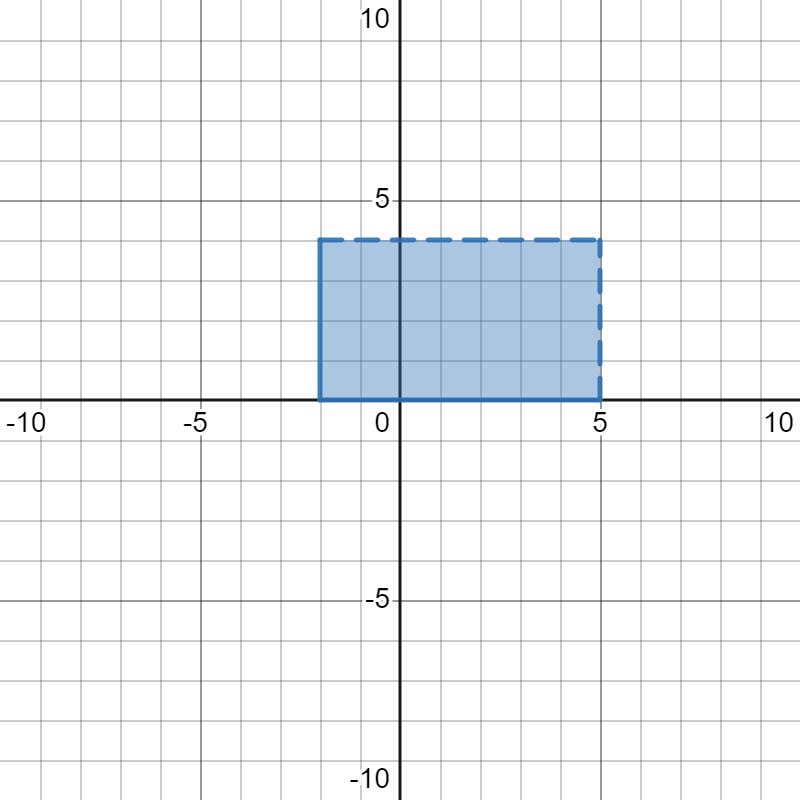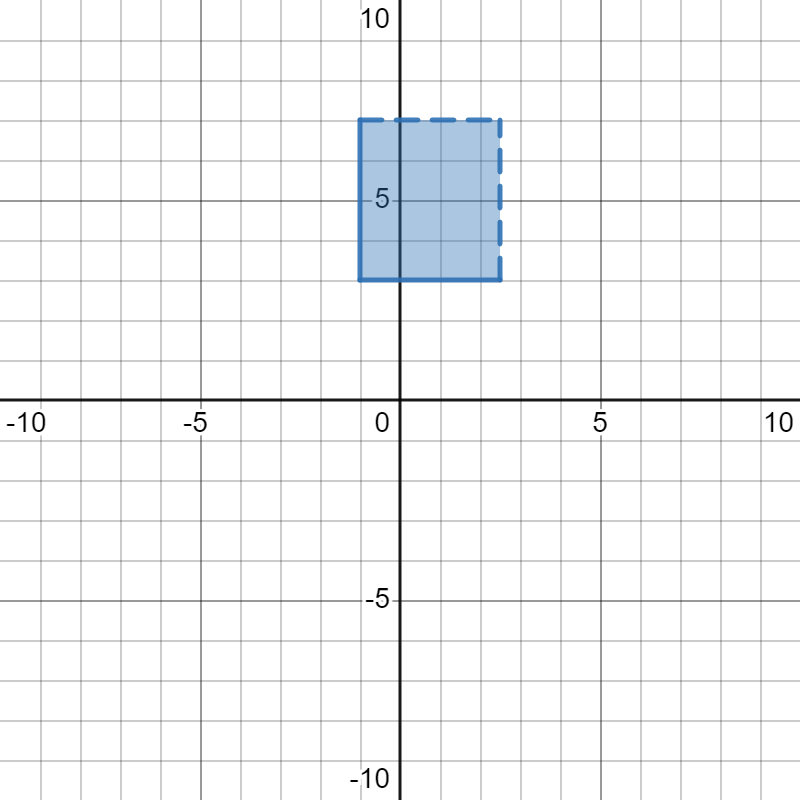Fact 9.3.1. Domain and Range and Transformations.
| Direction | Transformation | Domain/Range | Conclusion |
|---|---|---|---|
| Vertical | Vertical transformations involve outputs (changes outside of the function)
|
Range is about the outputs (y-values) that are covered
|
Vertical transformations affect the range of a function
|
| Horizontal | Horizontal transformations involve inputs (changes inside the function)
|
Domain is about the inputs (x-values) that are covered
|
Horizontal transformations affect the domain of a function
|


